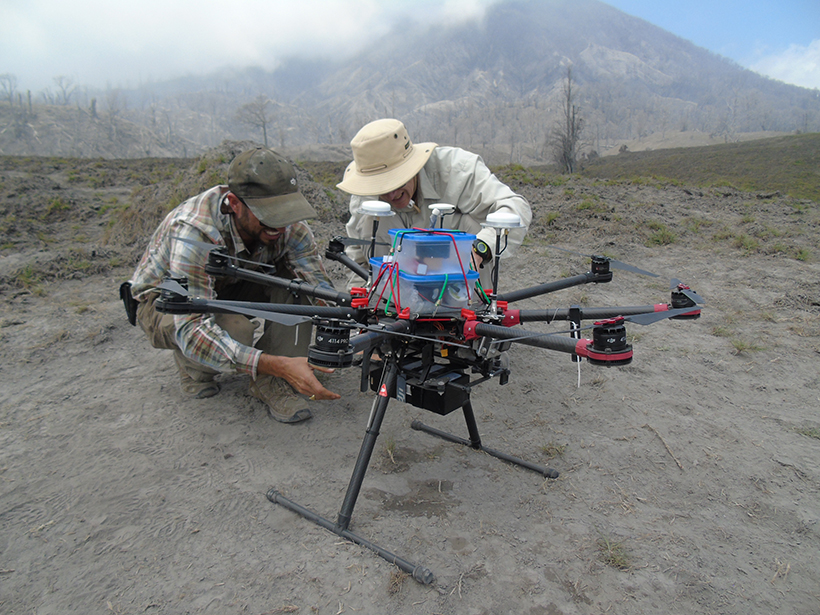A team of volcanologists, chemists, physicists, and engineers from around the world test novel techniques at Central America’s two largest degassing volcanoes.
Nicaragua
Posted inNews
Telica Volcano Rested Quietly Right Before Spewing Ash
The length of quiet periods predicts the severity of eruption events, according to a new model that might soon help forecast explosions worldwide.


